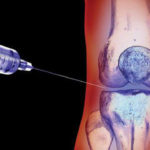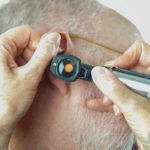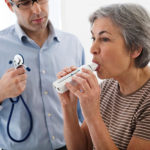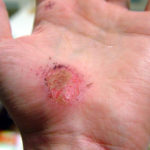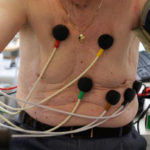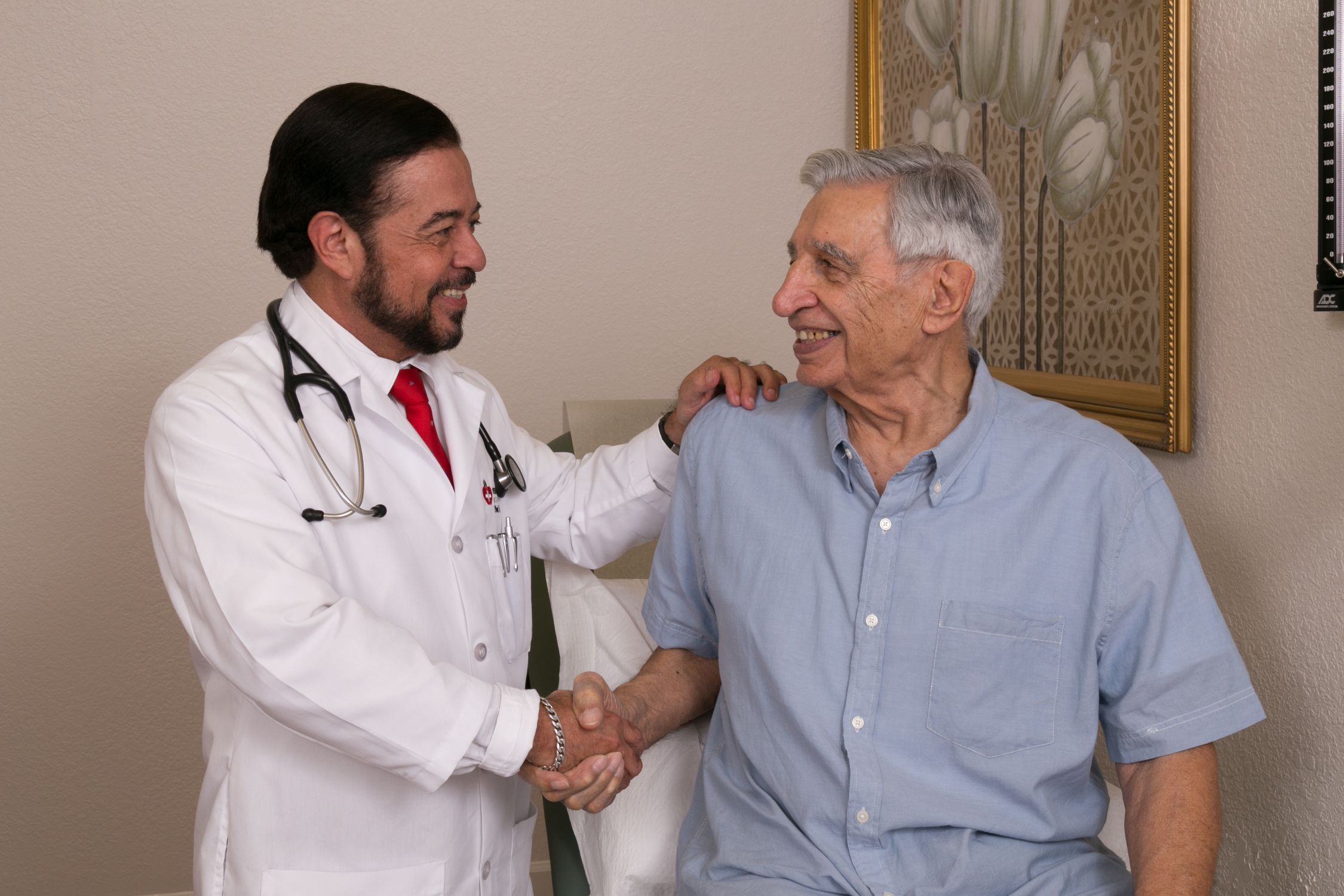Joint injections are recommended for the treatment of pain and stiffness in joints caused by inflammation or lack of fluids. Intense acute and chronic joint pain may affect mobility and disrupt the daily routine of an individual. If the symptoms are left untreated, they eventually cause detrimental effects on mental and physical health of the patient.
Stiffness and inflammation of joints is common in senior citizens of the society. Several joint injections have been designed to treat different types of joint pain and problems. Joint injections are a combination of anesthetic and corticosteroid that treat both inflammation and pain.
Additional procedures include:
– Hyaluronic acid injections that lubricate and cushion damaged joints.
– Platelet rich plasma injection that is essential for treating blood clots and healing ruptured tissues.
Indications:
Joint conditions in which joint injection is recommended for seniors are:
● Synovitis
● Inflammatory arthritis
● Advanced osteoarthritis
● Crystalloid arthropathies
● Neuromas
● Bursitis
● Tendinopathies
● Entrapment syndromes
● Ganglion cysts
● Fasciitis
● Trigger points
Soft Tissue Conditions
● Bursitis
● Tendinopathies
● Trigger points
● Ganglion cysts
● Neuromas
● Entrapment syndromes
● Fasciitis
Types of Joint Injections
Facet Joint Injection:
Facet joint, also referred to as, zygapophyseal joint, is a tiny bone structure between the vertebrae of spine, which is responsible for the stability of spine. Except the bottom and top of the spine, every spinal vertebrae is connected to the spine by facet joints.
Procedure:
For facet joint inflammation or tissue conditions, steroid injections are suggested for a diagnosis, prior to recommend an injection. This procedure helps determine whether the patient is suffering from inflammation of the facet joint or not. The injection used is a combination of steroid and anesthetic, injected on the affected area of the spine. If the patient feels relieved after the first procedure, it will be repeated again to confirm its effectiveness. If the injections are ineffective, it indicates the presence of facet joint syndrome for which further examination is recommended to assess the causes of pain.
Sacroiliac Joint Injection:
Sacroiliac joint is a bone structure located at the lowest end of the spine. This joint connects the hip with the spine. The function of this joint is to endure the weight of the upper body. This joint also reduces the impact of injuries and pressure on the spine, maintain the range of movement and overall stability of the upper body.
Procedure:
An injection on the sacroiliac joint is recommended for pain caused by back injuries or inflammation of the joints. Older people are more vulnerable to persistent and nonspecific back pain. The recommended injection is directly administered into the joint. Immediate pain relief has been reported. The period of injections mostly extends to a month for effective treatment of inflamed sacroiliac joints.
Ankle Injections:
Ankle injections are recommended for inflamed, fractured, damaged or injured ankles. Other conditions include bursitis, arthritis, tarsal tunnel syndrome, or gout. Injection for ankles is mostly recommended after a conventional drug treatment.
Procedure:
A slightly invasive injection is recommended for the ankle pain in the beginning of the treatment to reduce mobility issues, cracking sounds, swelling and tenderness of the joint. It is a combination of anesthetic and steroid. Elderly patients often develop arthritis in ankle joints. Clinical reports suggest that these injections dramatically improve the condition of ankle joints, reducing pain and improving mobility.
Shoulder Joint:
Shoulder pain is the result of inflamed blood vessels, musculoskeletal tissues or nerves.
Procedure:
For shoulder joint pain, an intraarticular peripheral injection treatment is recommended. This injection reduces the shoulder pain by improving the blood circulation in the inflamed nerves. Another treatment method is the injection of rich plasma that promotes healing and reduces the pain without causing any adverse effects.
Benefits of Joint Injections
Joint injections have become a common treatment for different kinds of joint pain, especially for knee and shoulder. Clinical trials have reported that joint injections are safe and minimally invasive that help elderly avoid surgery and get relief from pain.

